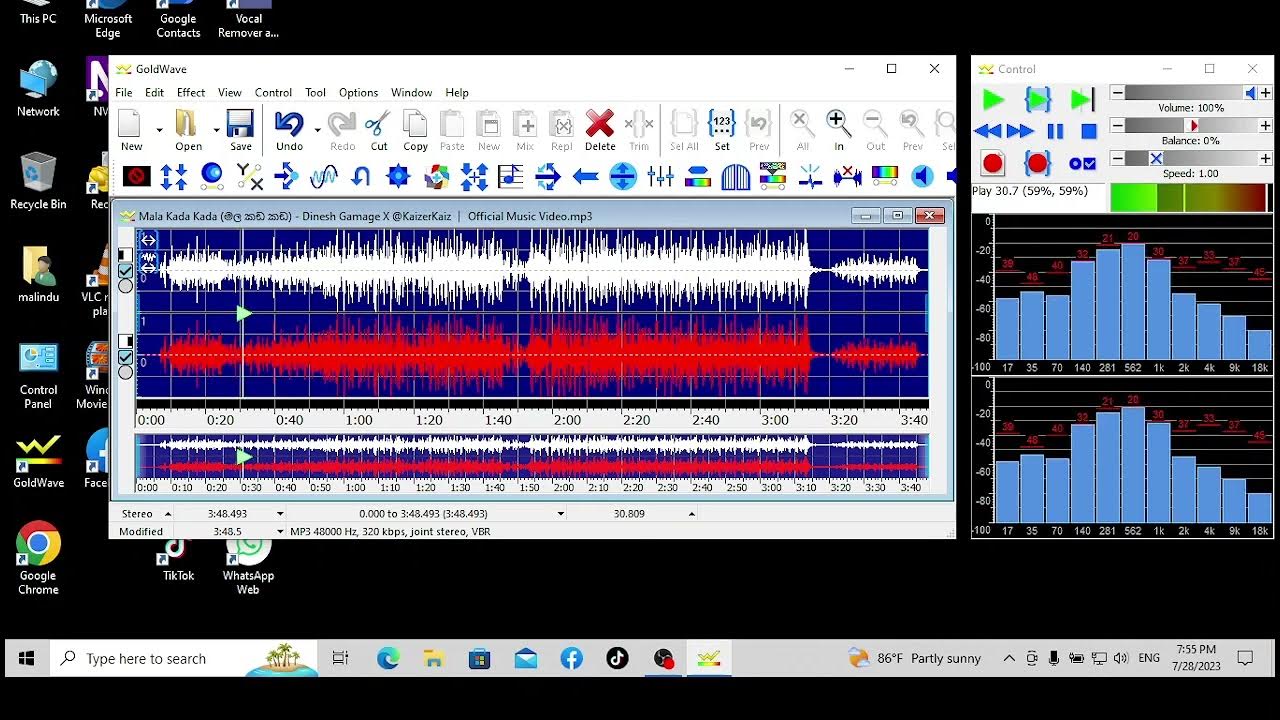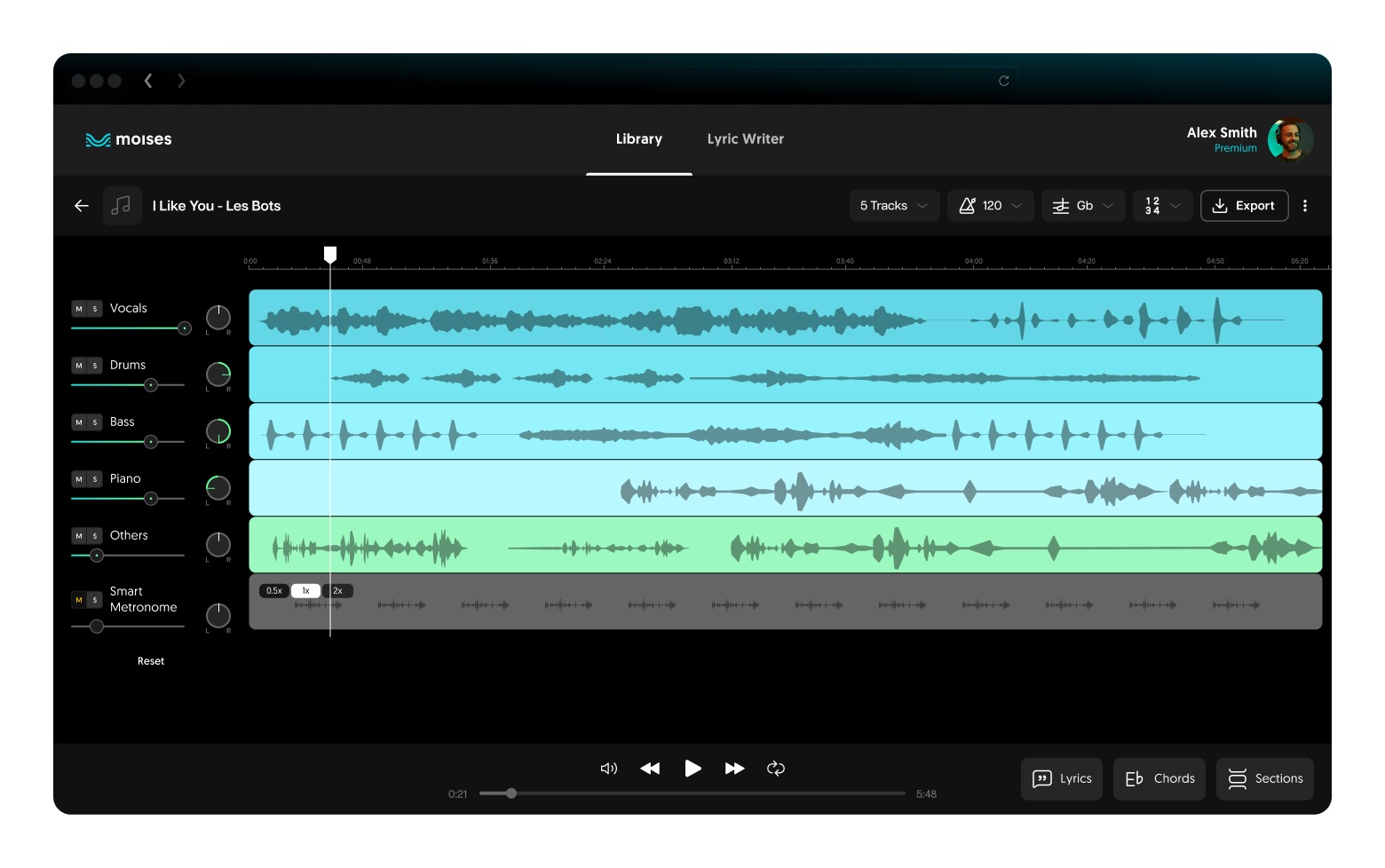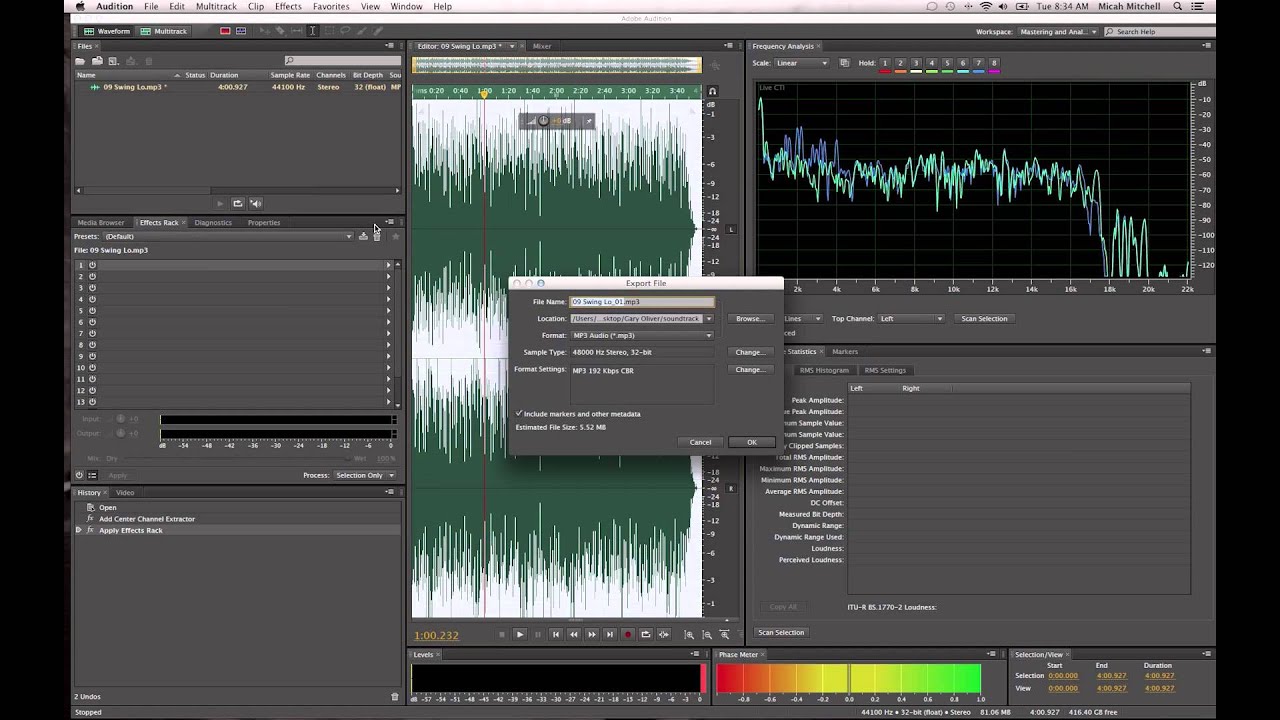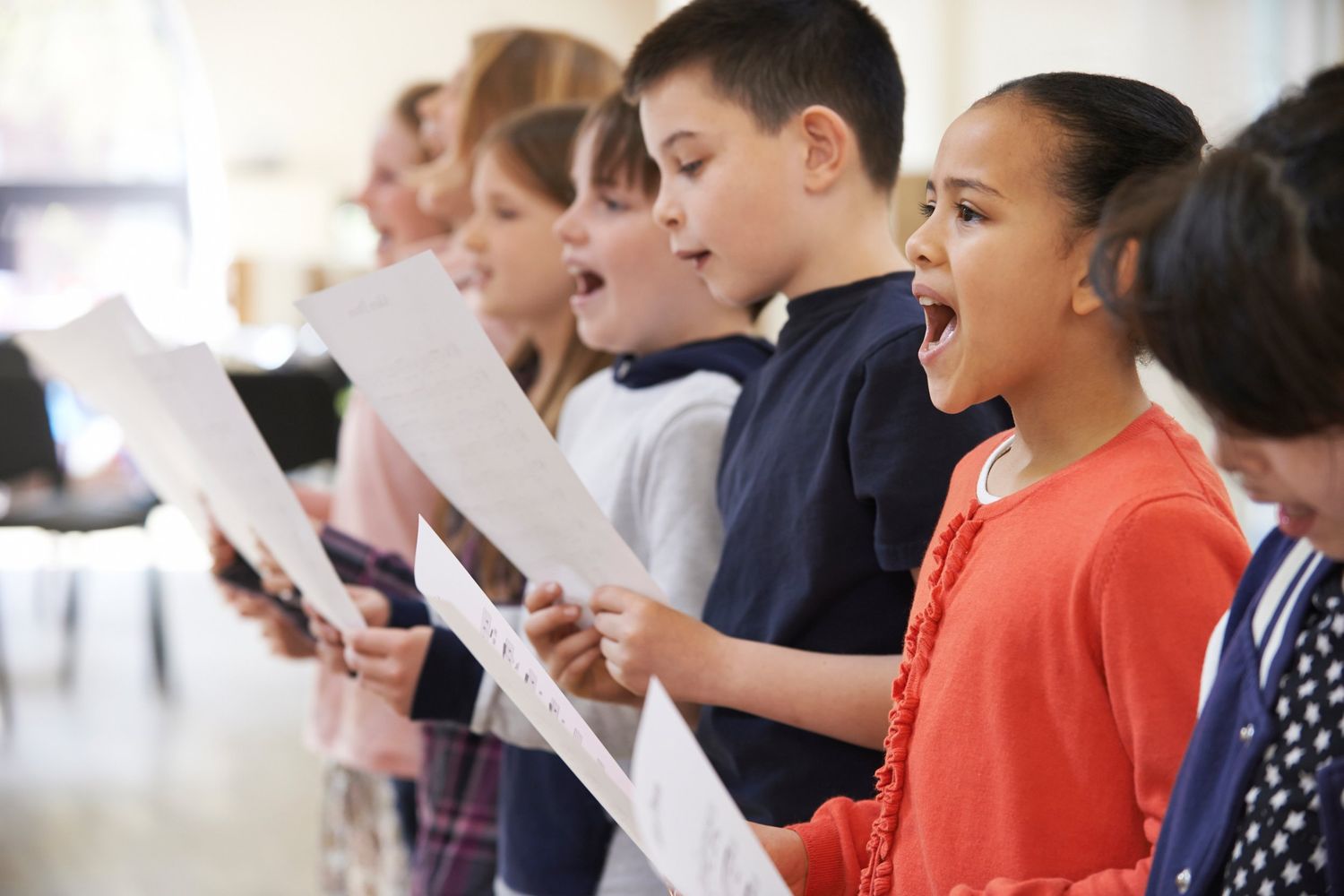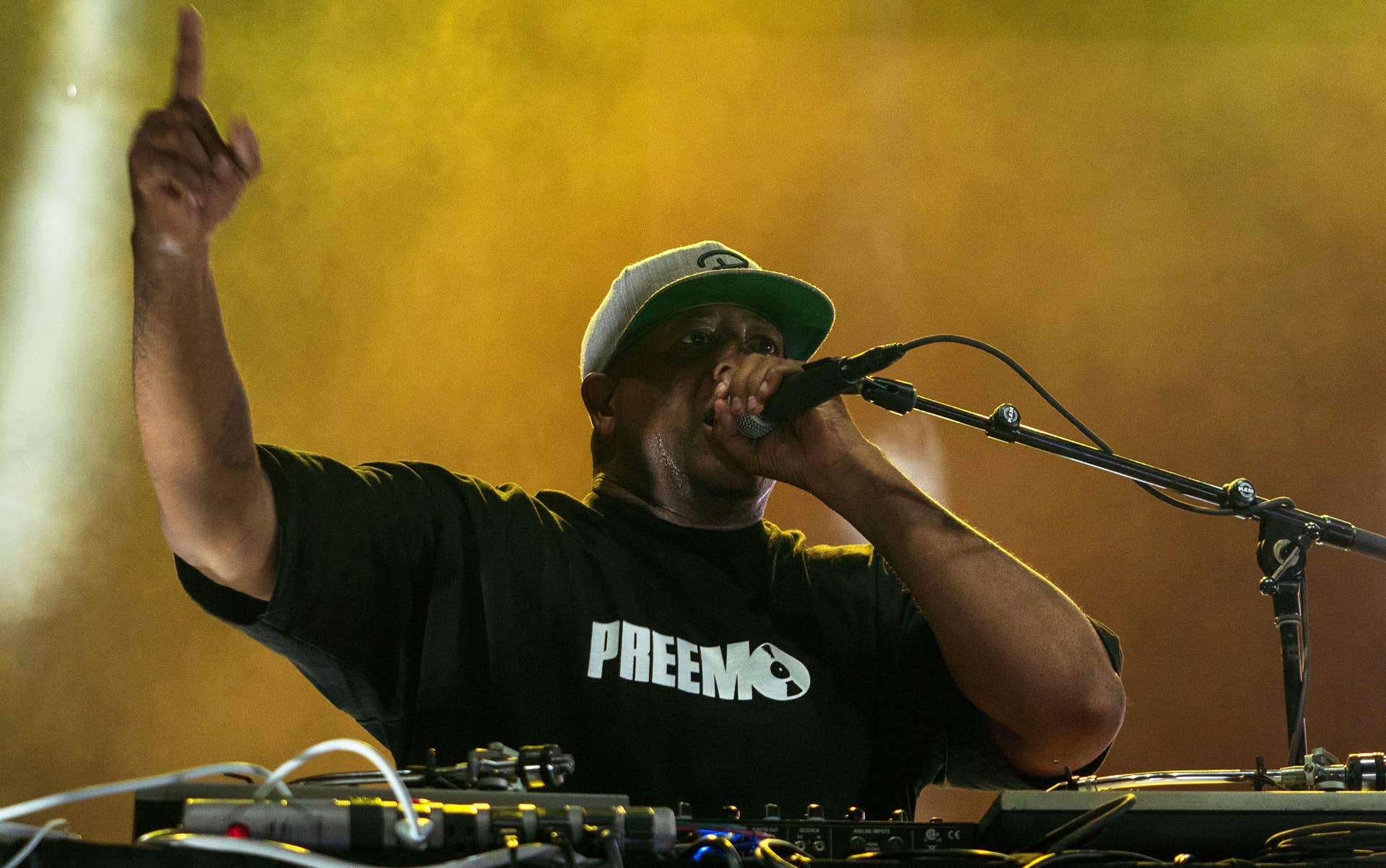Home>Events & Info>Acapella>How To Get Rap Songs Acapella
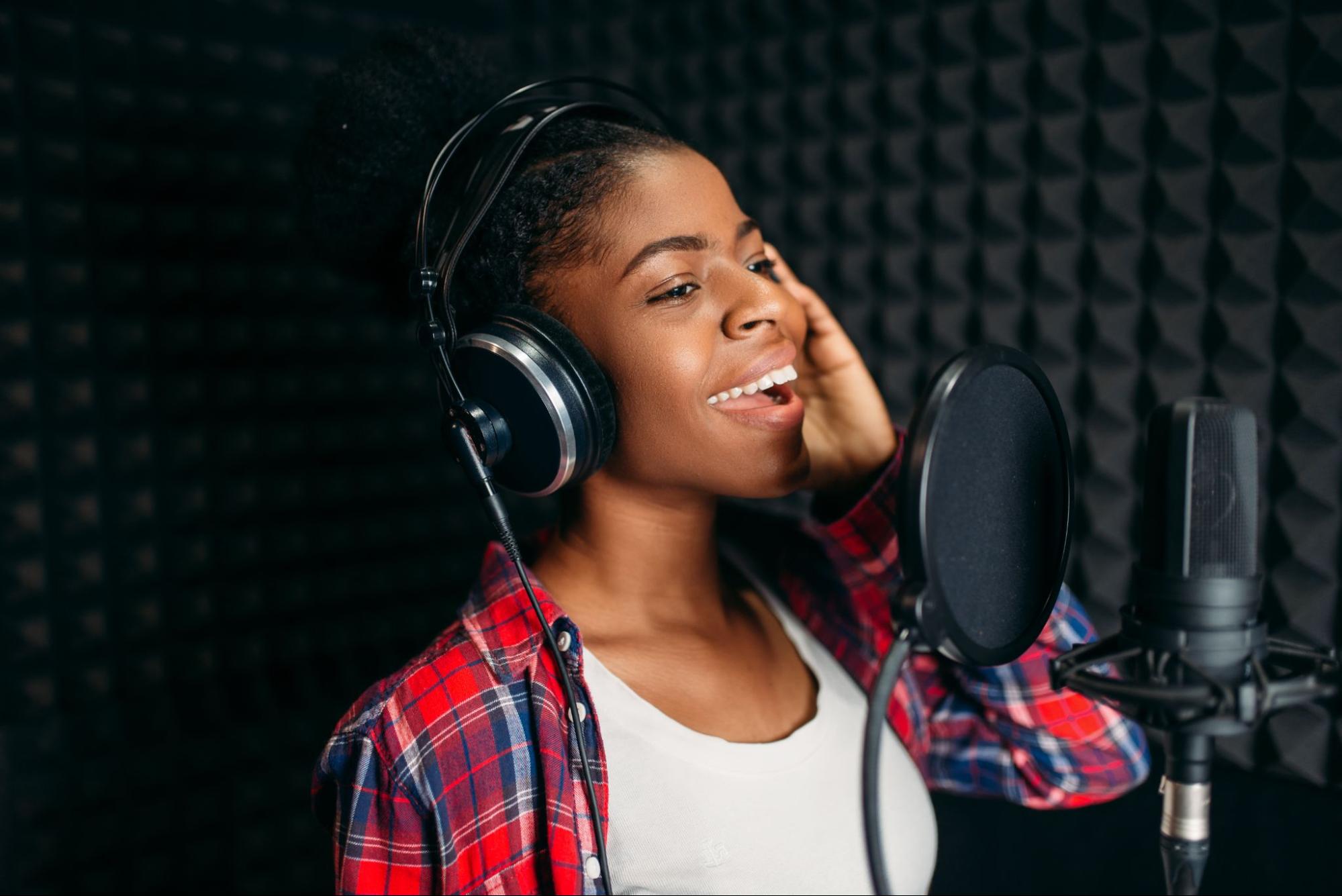

Acapella
How To Get Rap Songs Acapella
Published: January 3, 2024
Learn how to get rap songs acapella with our step-by-step guide. Discover techniques and tools for isolating vocals and creating acapella tracks.
(Many of the links in this article redirect to a specific reviewed product. Your purchase of these products through affiliate links helps to generate commission for AudioLover.com, at no extra cost. Learn more)
Table of Contents
Introduction
Welcome to the exciting world of acapella! Whether you’re an aspiring musician, a music producer, or just a fan of vocal artistry, acapella can offer a unique listening experience. Acapella refers to the performance of music without instrumental accompaniment, where the vocals take the spotlight.
Acquiring acapella versions of popular rap songs has become a popular trend among music enthusiasts. Being able to listen to the raw vocals without any distracting beats or instruments allows you to appreciate the artistry and skill of the rapper on a whole new level. You can dissect the lyrics, study the flow and delivery, and gain a deeper understanding of the artist’s creative process.
In this article, we will explore various methods to obtain rap songs acapella. Whether you’re a rapper looking to practice your freestyle skills or a producer aiming to create unique remixes, we’ve got you covered. So, let’s dive in and discover how to get rap songs acapella.
Understanding Acapella
Before delving into the different methods of obtaining rap songs acapella, it’s important to have a clear understanding of what acapella actually means. Acapella, derived from the Italian term “a cappella,” literally translates to “in the style of the chapel.” It refers to music that is sung without instrumental accompaniment.
Acapella has a long history and is prevalent in various genres of music, including rap. It allows the listener to focus solely on the vocals, appreciating the nuances of the artist’s voice, rhythm, and delivery. It showcases the technical and artistic prowess of the rapper, as they rely solely on their vocal abilities to captivate the audience.
It’s important to note that not all songs have an official acapella version readily available. Many artists and music producers release acapella versions of their songs for remixing purposes or as promotional material, but they are not always accessible to the public. However, with a bit of creativity and resourcefulness, there are several ways to obtain rap songs acapella.
By acquiring the acapella version of a rap song, you gain the ability to manipulate and dissect the vocals. This can be a valuable resource for music producers who want to create unique remixes, DJs who want to incorporate acapella sections into their mixes, or aspiring rappers who want to practice their skills by freestyling over the raw vocals.
Now that you have a basic understanding of what acapella is and why it’s sought after, let’s explore the different methods you can use to obtain rap songs acapella.
Finding Instrumental Tracks
One of the key components in obtaining rap songs acapella is finding the instrumental tracks of those songs. Instrumental tracks are versions of songs that strip away the vocals, leaving only the music and beats behind. Having the instrumental track is crucial because it allows you to easily isolate the vocals and create your own acapella version.
There are several methods you can use to find instrumental tracks:
- Online Music Databases: Many websites and online platforms offer a wide range of instrumental tracks for various songs. These platforms often have extensive catalogs spanning different genres, including rap. Some popular options include SoundCloud, DatPiff, and BeatStars. Look for sections or categories specifically labeled as instrumentals.
- YouTube: YouTube is a treasure trove of instrumental tracks. There are numerous channels dedicated to providing high-quality instrumentals for popular rap songs. Simply search for the name of the song you’re interested in, followed by “instrumental,” and you’re likely to find a variety of options to choose from.
- Music Production Websites: Websites catered towards music producers often have sections dedicated to sharing instrumentals. The producer community is known for creating and sharing their instrumentals, providing aspiring artists and remixers with a vast array of options. Websites like BeatStars, ProducerSpot, and SoundClick are popular platforms for finding instrumentals.
- Remix Contests: Many record labels and artists organize remix contests where they release the instrumental tracks for remixers to work with. These contests can be a great opportunity to gain access to official instrumental tracks of popular rap songs. Keep an eye out for remix contests held by record labels such as Spinnin’ Records, Atlantic Records, or Def Jam Recordings.
Once you have obtained the instrumental track, you’re one step closer to getting the rap song acapella. In the next section, we will explore different methods and techniques to isolate the vocals and create your own acapella version.
Isolating the Vocals
Once you have obtained the instrumental track of a rap song, the next step is to isolate the vocals and create an acapella version. While this process may seem challenging, there are various methods and techniques you can use to achieve this.
Here are a few methods to isolate the vocals:
- Phase cancellation: This method involves layering the instrumental track and the original song together in a digital audio workstation (DAW) and then manipulating the phase relationship to cancel out the instrumental elements. By inverting the phase of the instrumental track and aligning it properly with the original song, the instrumental elements will cancel out, leaving only the vocals behind.
- Using audio editing software: Audio editing software like Adobe Audition or Audacity provides tools that can help extract the vocals from a full track. These software programs often have vocal isolation or removal features that work by analyzing the stereo field and attempting to separate the vocals from the instrumental elements.
- Using AI-powered tools: Advancements in artificial intelligence (AI) technology have brought about innovative tools that can isolate vocals from a mixed track. AI-powered plugins like XTRAX STEMS or Accusonus ERA bundles utilize sophisticated algorithms to separate the different elements in a song, making it possible to isolate the vocals and create an acapella version.
- Remix stems: Sometimes, artists or record labels release official remix stems, which are individual tracks of specific elements of the song, including vocals. Remix stems provide a cleaner and higher-quality way of obtaining acapella versions. Keep an eye out for official remix competitions or releases that provide access to these stems.
It’s important to note that not all songs can be successfully isolated to obtain a perfect acapella version. The effectiveness of vocal isolation techniques may vary depending on the complexity of the mix and the quality of the recording. It may require some trial and error and experimentation to achieve the desired results.
Now that you have learned about different methods to isolate the vocals, the next section will cover software and apps that can aid in the acapella creation process.
Using Software or Apps
When it comes to creating acapella versions of rap songs, there are various software programs and mobile apps available that can assist in the process. These tools provide powerful features and functionalities to help isolate vocals and create high-quality acapella tracks.
Here are a few software programs and apps that can aid in the acapella creation process:
- Adobe Audition: Adobe Audition is a professional-grade audio editing software that provides advanced tools for vocal isolation and manipulation. It offers features like spectral editing, noise reduction, and audio analysis that can aid in isolating vocals from an instrumental track.
- FL Studio: FL Studio, a popular digital audio workstation (DAW), comes with a range of plugins and effects that can assist in vocals extraction. Tools like Edison, Newtone, and Patcher provide functionality for isolating vocals and creating acapella tracks.
- iZotope RX: iZotope RX is a powerful audio repair and restoration software that includes features specifically designed for vocal isolation. Its modules like Dialogue Isolate and Music Rebalance can help separate vocals from background elements and create clean acapella versions.
- PhonicMind: PhonicMind is an online AI-powered service that can automatically create acapella tracks from any song. It utilizes advanced algorithms to isolate vocals and generate high-quality acapellas. Simply upload the instrumental track, and PhonicMind will do the rest.
- Voloco: Voloco is a mobile app available for iOS and Android devices that offers real-time vocal processing and effects. While it may not provide the same level of vocal isolation as professional software, it allows users to experiment with vocal manipulation and create unique acapella-style recordings.
These are just a few examples of the software programs and apps available in the market. Each tool has its own unique features and capabilities, so it’s important to explore and find the one that best suits your needs and preferences.
Now that you have learned about software and apps that can assist in creating acapella versions, let’s explore some DIY methods that can be helpful in isolating the vocals.
Using DIY Methods
If you prefer a hands-on approach or don’t have access to specialized software or apps, there are some DIY methods you can try to isolate vocals and create acapella versions of rap songs. While these methods may require a bit more time and effort, they can still yield satisfactory results.
Here are a few DIY methods for creating acapella tracks:
- EQ (Equalization): Using an EQ plugin or feature in your audio editing software, you can manipulate the frequency bands to emphasize or de-emphasize certain elements of the mix. By carefully adjusting the EQ to enhance the vocal frequencies and attenuate other parts, you can achieve some level of vocal isolation.
- Manual editing: With precise editing techniques, you can manually cut and delete portions of the instrumental track where the vocals are present. This can be a more labor-intensive method, but by analyzing the waveform and visually identifying vocal sections, you can gradually create an acapella version.
- Layering: In this method, you can layer multiple copies of the instrumental track on top of each other, each slightly shifted in time. By adjusting the phase relationship between these layers, you can cancel out the instrumental parts and potentially isolate the vocals.
- DIY vocal removal tools: There are online tools and software plugins available that claim to remove vocals from audio tracks. While the results may not always be perfect, these tools can be worth exploring. Some popular options include Audacity’s Vocal Reduction and Isolation effect, or standalone plugins like Karaoke Anything or Knockout by WAVES.
It’s important to note that these DIY methods may have limitations and may not produce the same level of quality and precision as specialized software or apps. It’s recommended to experiment and fine-tune the settings to achieve the best possible results.
Now that you have learned about DIY methods, let’s move on to some tips and tricks that can enhance your acapella creation process.
Tips and Tricks
When working on creating acapella versions of rap songs, it’s helpful to keep in mind some tips and tricks to enhance your process and improve the quality of the final result. Here are some useful tips:
- Start with high-quality source material: The better the quality of the instrumental track you’re working with, the easier it will be to isolate the vocals. Look for high-quality, clean versions of the instrumental tracks to achieve the best results.
- Use multiple methods: Instead of relying on just one method, try combining multiple techniques to isolate the vocals. Experiment with different tools, plugins, or audio editing software to find the approach that works best for each specific song.
- Be patient and persistent: Vocal isolation can be a trial-and-error process, especially with complex mixes. Don’t get discouraged if you don’t achieve perfect results right away. Take your time, experiment, and keep refining your approach until you’re satisfied with the acapella version.
- Listen critically: Pay close attention to the audio quality and artifacts that may occur during the vocal isolation process. Sometimes, manipulating the audio to extract vocals can introduce unwanted artifacts or affect the overall sound quality. Use your ears to carefully listen and make adjustments as needed.
- Experiment with effects and processing: Once you have successfully isolated the vocals, feel free to experiment with adding effects, processing, or creative modifications. This can make your acapella version unique and give it a fresh sound.
- Collaborate with others: Don’t hesitate to collaborate with fellow music producers, audio engineers, or remixers. Sharing knowledge and experiences can lead to new techniques and insights. Collaboration can also help improve the quality of your acapella creations.
- Respect copyright laws: While creating acapella versions of rap songs can be a fun and creative endeavor, it’s important to respect copyright laws. Make sure you have the necessary permissions or are working with legal remix stems when creating and sharing your acapella tracks.
Remember, acapella creation requires practice and experimentation. The more you work on it and refine your techniques, the better you will become at isolating and creating high-quality rap songs acapella versions.
Now, let’s wrap up our exploration of getting rap songs acapella.
Conclusion
Obtaining rap songs acapella can be an exciting and rewarding endeavor for music enthusiasts, producers, and aspiring artists. Whether you’re looking to study the intricacies of a rapper’s delivery, create unique remixes, or practice freestyling, having access to acapella versions of rap songs can greatly enhance your experience.
In this article, we explored various methods to acquire rap songs acapella. We discussed the importance of understanding what acapella means and its significance in highlighting the vocal artistry of rap artists. We then delved into finding instrumental tracks through online platforms, YouTube, music production websites, and remix contests.
We also explored different methods to isolate the vocals and create acapella versions. From utilizing software programs and apps like Adobe Audition, FL Studio, and iZotope RX to employing DIY methods such as EQ manipulation, manual editing, and layering techniques, there are numerous approaches to achieve the desired result.
Throughout the process, we shared tips and tricks to improve your acapella creation process, including starting with high-quality source material, using multiple methods, and being patient and persistent. We emphasized the importance of listening critically, experimenting with effects and processing, and collaborating with others to enhance your acapella tracks.
However, it is crucial to remember to respect copyright laws and obtain permissions or work with legal remix stems when creating and sharing your acapella versions.
So, whether you’re a music producer, a rapper, or simply a fan of rap music, now you have the knowledge and tools to embark on your journey of obtaining rap songs acapella. Enjoy the process, get creative, and dive into the incredible world of rap vocals!

